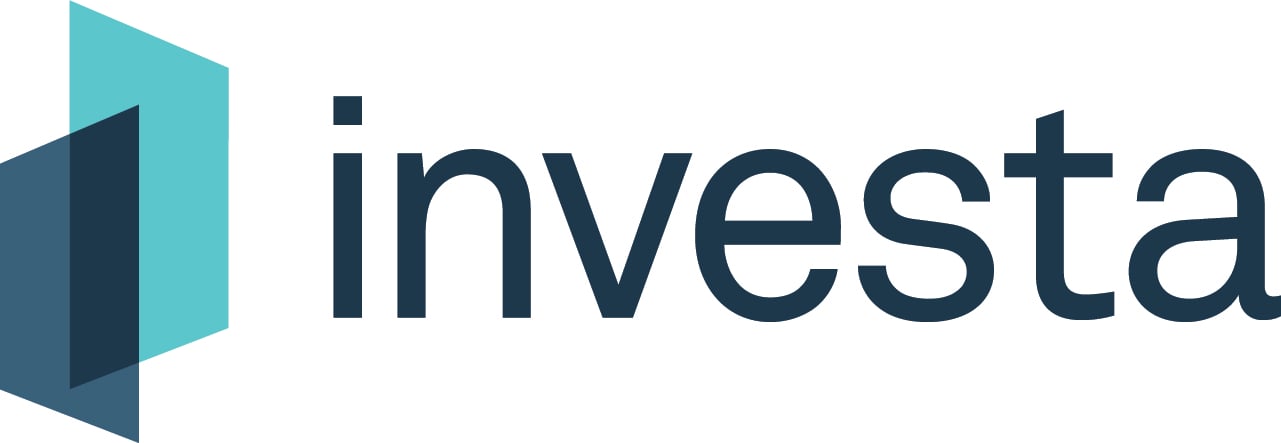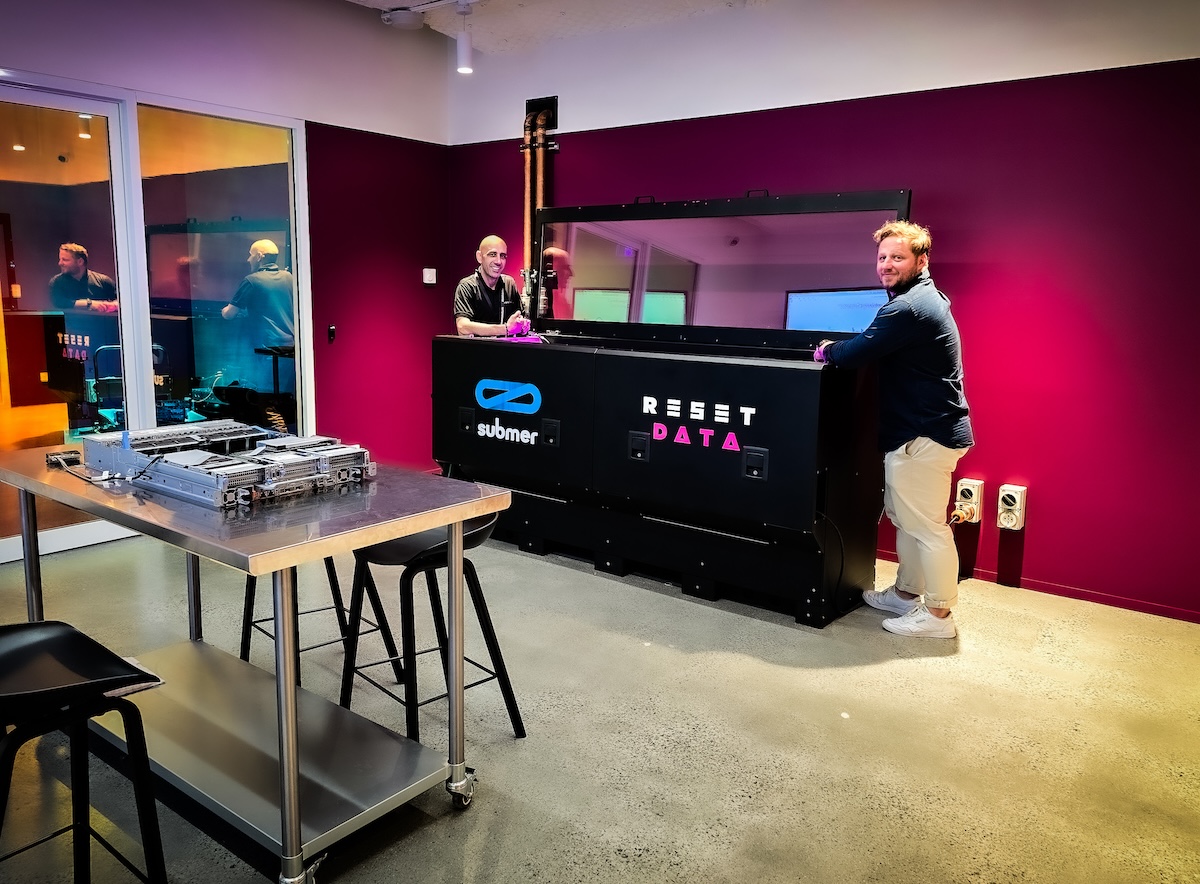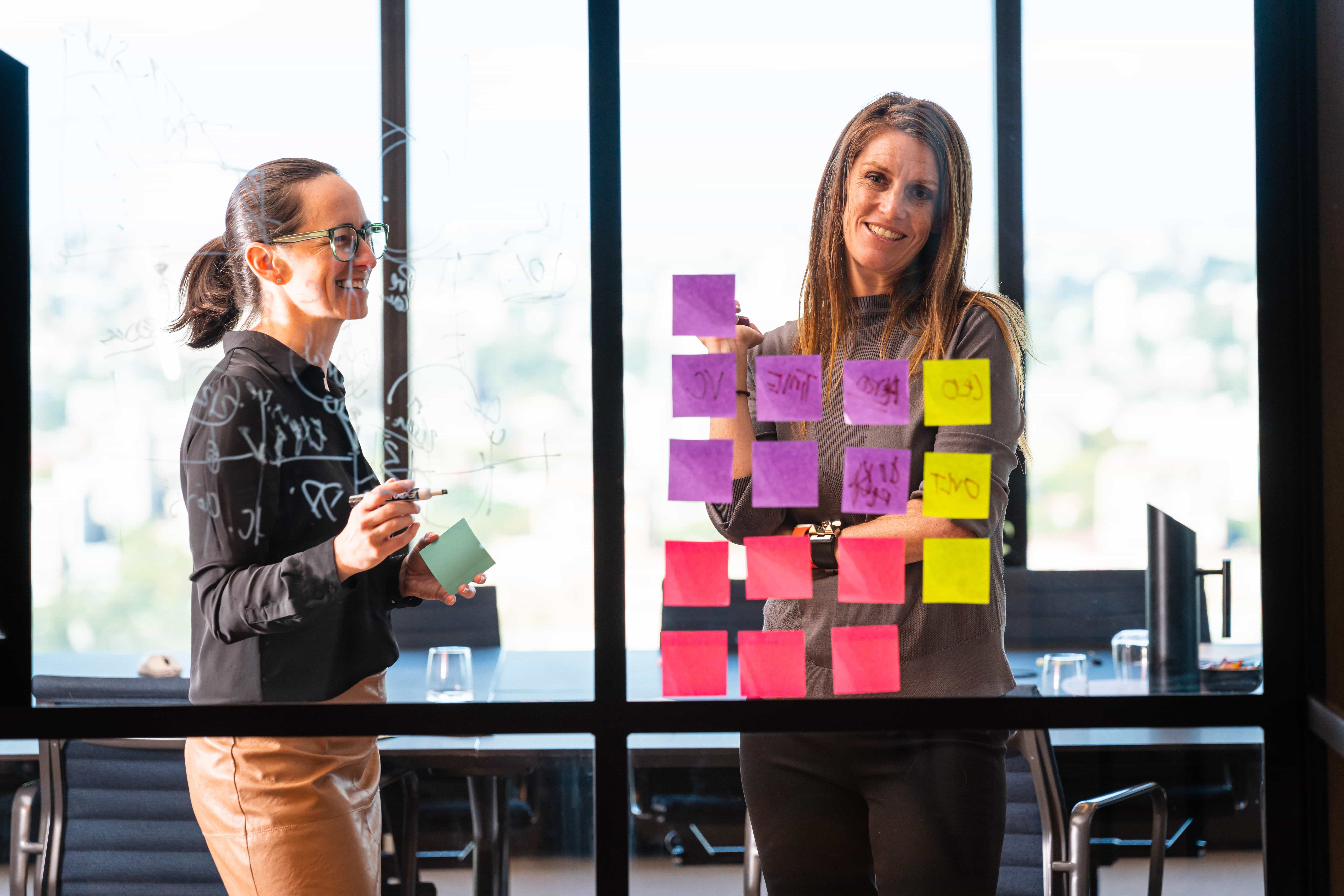Proptech big data and digital twins - beyond the buzzwords there is a better building

Contents
Introduction
Introduction
Investment in proptech reached “fever pitch” in 2020, but Investa is steadfast on its strategy of not “just buying the latest shiny thing”, says Nathan Lyon, Investa’s Head of Building Technology.
“Instead, we have sharpened our focus to carefully direct our capital towards technology and projects that will deliver a better experience for our customers.”
The Property Council’s first proptech report, published in conjunction with Yardi in early 2021, found landlords turned to technology to support the safe return to offices and enhance the experience for their tenant customers. Track and trace, touchless access and social distancing technologies were the top three solutions identified in the report.
“Technology that was once a nice to have became an essential tool to help people work remotely during the height of the Covid-19 pandemic and then to support their return to work,” Lyon explains. Investa had a strong technology spine running through many of its buildings prior to Covid-19 – and this made it easier for tenant customers to ride 2020’s waves of disruption.
Take Investa’s occupant experience app, Insite, which was developed in partnership with Willow and launched at Sixty Martin Place prior to the pandemic. People immediately embraced the opportunity to purchase a coffee, book a place in a yoga class or order their dry cleaning in a few clicks. But Insite also allows users to access their building, call the destination-controlled lifts, book lockers and enter the car park with the help of their smart device.
“Because touchless technology was already in our customers hands due to it being embedded into the app, we were able to give people extra confidence that it was possible to safely reoccupy their building,” Lyon explains.
Investa’s National Development Director, Shen Chiu, says Insite was a lifeline between landlord and tenant during the dark days of lockdowns.“The app also made it easy for us to remain in close dialogue with our tenant customers while they were working from home. We could reassure them that they were part of a building community and that that their workplace was a healthy and safe place to be.
Mining Insite’s big data pool has also helped Investa tap into “valuable learnings” about how spaces were used in 2020, Chiu adds. “We are able to feed that information into our future designs,” he says
“The data we’ve gathered from the app has helped us to demonstrate compliance and transparency, and to build trust. Auditing our processes has confirmed that we can handle the flow of people safely and efficiently,” Chiu says.
Investa had already set industry-leading standards for digital twins – virtual replicas of physical assets – prior to Covid-19. Digital twins replicate every floor, wall, stair and lift at four Investa buildings: 567 Collins Street in Melbourne, and Barrack Place at 151 Clarence Street, Sixty Martin Place and 40 Mount Street in Sydney.
Investa initially embraced digital twin technology to capture information created during construction and often lost over time, like the architect’s original drawings or warranties and service histories of equipment. But live data gathered from sensors and Internet of Things devices turns this information into an interactive tool.
The digital twin at 567 Collins Street in Melbourne, for example, maps more than 57,000 building elements and takes feeds from 14,000 live data points in the building. This digital twin enables Investa to manage the building with greater efficiency, fix problems before they occur, better manage sustainability and improve the occupant experience.
During Covid-19 lockdowns, Investa’s big data depository took on a new dimension. The digital twins helped Investa to gain a clearer picture of how people were using offices and hinted at new trends heading our way. “Access to data at our digital twin properties gave us insights into how our buildings responded to having less occupants,” Lyon says. “We saw new patterns emerge and new opportunities to enhance our operations.
“We’ve seen a measurable reduction in the number of people turning up to work on Mondays and Fridays. And interestingly, on a wet Friday people appear three times less likely to come into the office,” Lyon adds.
This quantitative data “substantiates a known truth,” Chiu adds, and reinforces other industry data. The Property Council’s Reimagining our economic powerhouses report, published in March, found 3.3 days in the office is the preference of most workers moving forward, with Mondays and Fridays the least popular. With powerful insights at their fingertips, Investa’s facilities management teams can make tweaks so the building can perform at its peak. “Say Level 20 doesn’t have as many occupants on the floor on a Monday. In that case where possible, we can adjust the air-conditioning so it doesn’t work as hard in unoccupied spaces – and that saves both money and carbon emissions,” Chiu says.
“Whatever the cause, whether it’s Covid or a new policy or an upgrade to infrastructure, we can see how people respond to change. Then we can tailor our capital decisions, our technology selection or even our energy efficiency strategies to suit.
“Understanding how people are working in our buildings is the next focus for us because it can help us unlock value for our tenant customers and our investors.”
Identifying patterns, unearthing new insights and solving business problems through artificial intelligence and machine learning allows Investa to make better decisions.
In 2019, Investa established a cutting edge Advanced Analytics capability to accelerate and amplify the way data is collected, organised, analysed and interpreted.
This allows Investa to compare and contrast a range of investment opportunities and to build AI models to derive insights at a speed previously unfathomable.
Just one recent project, a partnership between Investa & Oxford Properties, dubbed Project Alpha, the team used data and AI to answer a simple question: What factors add value to an office building? By comparing countless components against location and building attributes, the team examined 20 years of transactional data and 20 different external data sources in just a matter of weeks. More than 10 million questions were posed, using the power of AI.
“From this project, we identified core insights that will help us create better amenities and a more optimal tenant mix,” Chiu explains.
Lyon says Investa’s investment in technology paid off in 2020. “We are seeing a culmination of smart decisions we’ve made over several years, and we are now starting to quantify how our buildings are used,” Lyon says. The ultimate goal? “A safe, frictionless experience,” Lyon explains.
“People aren’t going to come to work because of technology. They want to feel safe and to have an amazing experience – one that they couldn’t get at home. When we get it right, technology is an important but invisible layer that helps to create that experience.”




